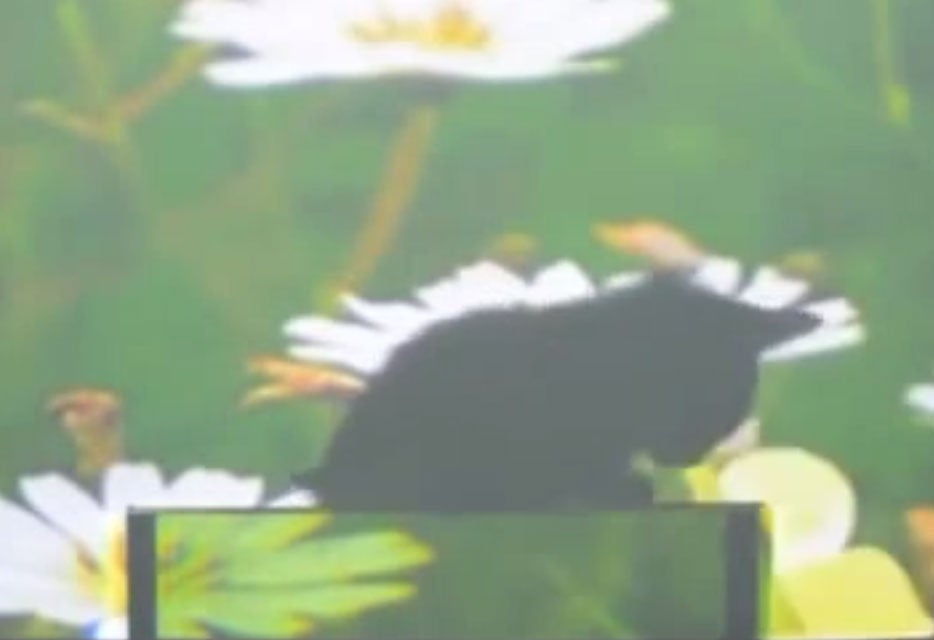Chinese scientists 'increasingly confident' about invisibility cloak after making a cat disappear
The new technology was unveiled in June as Chinese scientist continue to explore the wider possibilities of invisibility

Chinese scientists have been described as “increasingly confident” that they will develop the world’s first invisibility cloak, with the Chinese government funding at least 40 research teams, one of which recently made a cat “disappear".
The news is the latest in the informal race to develop a working ‘invisibility cloak’, although it seems that China's chosen animal for experimentation show they have certainly cracked the formula for grabbing the internet’s attention.
The work was first completed in June by Professor Chen Hongsheng from Zhejiang University, who demonstrated a hexagonal device that made a fish and a cat ‘invisible’ by bending light around the animals. The full scientific paper titled 'Natural Light Cloaking for Aquatic and Terrestrial Creatures' can be seen here.
The technology replicates the achievements of many other international teams working on ‘invisibility cloaks’, although the Chinese researchers claim that their device is made from much cheaper materials than their rivals', reports the South China Morning Post.
Although making a goldfish and a cat disappear seems to have more in common with a magic trick than serious science, the Chinese – and other governments – continue to be entranced by the possibility of an invisibility cloak, a device that would have widespread commercial and military applications.
An anonymous researcher working at Nanjing University of Aeronautics and Astronautics told the Post that he had been contracted to develop “full invisibility” technology for hypersonic jets, saying: "We are invisible people studying invisible technology.”
"Full invisibility" most likely refers to making the aircraft invisibile to visible light, as various 'stealth' aircraft have been developed that are hard to detect using other portions of the electromagnetic spectrum (of which visible light is only a small portion). Like the Americans and the Russians, the Chinese have already developed stealth aircraft.
In terms of hiding from human eyesight, there are various appraoches to the problem of invisibility. Some favour relatively low-tech devices that bend light around an object using stiff materials, whilst others are looking into meta-materials: man-made substances that have physical properties unknown in nature.
Many scientists have said that a ‘Harry Potter’ style invisibility cloak is essentially impossible, although a recent development this year using electrically-powered metamaterials was acclaimed by its American inventors as allowing invisibility "at all angles and over broad bandwiths."
Despite the scepticism surrounding the technology the possibility of an invisibility cloak continues to have a powerful draw on our collective imagination. Professor Ma Yungui, another Chinese researcher involved in invisibility technology, told the Post that his government's funding for this “fundamental frontier” was “strong and increasing”: "I think we have about a 40 per cent chance of making the world's first invisibility cloak,” said Yungui.
Subscribe to Independent Premium to bookmark this article
Want to bookmark your favourite articles and stories to read or reference later? Start your Independent Premium subscription today.

Join our commenting forum
Join thought-provoking conversations, follow other Independent readers and see their replies